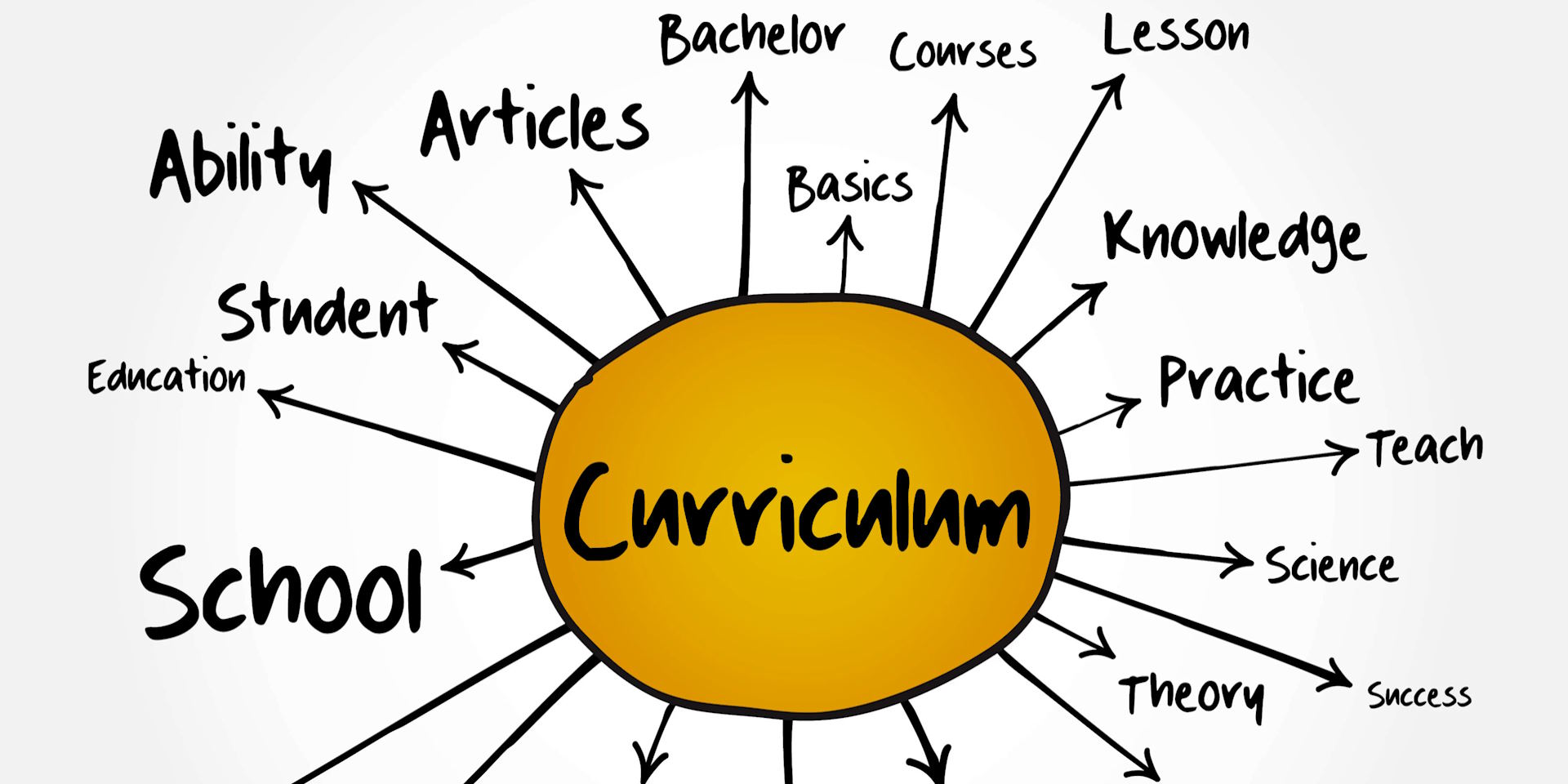Specialists in the competitive education sector in recent years have thought smart and used modern resources to improve every aspect of curriculum harmonization. As a beginner in curriculum harmonization, you must know the basics at first.
Aligning educational programs with minimal standards is called curriculum harmonization. This process ensures that all elements are comparable across countries and enhances the quality of education. This helps a lot to prepare graduates for the worldwide workforce.
The main benefits of curriculum harmonization
Experienced educators are aware of curriculum harmonization and its influence on academic achievement in detail. They make certain about the potential benefits of curriculum harmonization. Some of these benefits are as follows.
- Enhanced quality of education
- Prepared graduates
- Regional cooperation
- Cultural preservation

The standardized curriculum can assist everyone to ensure that every student gets basic skills and a minimum level of education. It helps students have access to an adequate curriculum without a doubt. It can help make teachers and schools accountable. It can help to ensure that learning is consistent across the school system. It can provide a predictable framework that helps students who like routine.
Effective methods for standardizing curricula to enhance learning outcomes encourage many educators from around the world to follow this process. However, you must remember that the standardized curriculum limits learning chances by enforcing a one-size-fits-all method. It can marginalize the professional judgment and the overall experience of teachers.

The role of curriculum consistency
Consistency in a curriculum is very important to enhance student performance. This is because of improving a stable and supportive learning environment. If students are aware of what is expected from them, then they can focus on their actions and learn well.
Consistent classroom management practices lead to good interactions between students and teachers. They reduce the time spent on behavioral issues and let teachers concentrate further on teaching. They help to make certain that the curriculum plans are defined clearly and structured well to maintain the quality of education for students. They help students to be well-prepared to navigate very complex things, challenges, and unexpected changes.
Do you know about the role of curriculum consistency in improving student performance nowadays? A consistent curriculum ensures that every student access a high-quality education regardless of their class, school, and location. This equitable instruction is the major advantage of curriculum consistency. The first-class curriculum standards are very important to ensure that the overall teaching practices are aligned with learning effectiveness analysis.





